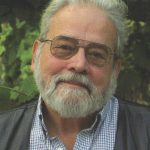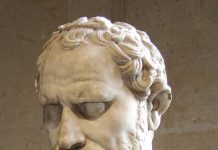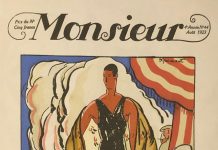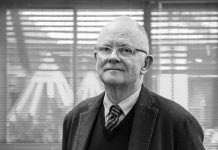This book explores the process by which a great rift has opened up between the realms of science and religion. It is not a polemic against the failure of religion in the face of reality as revealed by science, but rather a process argument that goes into great detail about the development of numbers, musical notation and other symbols.
The fifteenth century is a crucial period for author Michael Hobart, formerly a professor of history at Bryant University. “New and emerging means of creating and managing information made its appearance.” This new technology, Hobart writes, “created the instruments for devising a new analytical temper of reverse engineering, which would become the mainspring of the Scientific Revolution.” The analytical breakthrough was made by Galileo, the subject of the three concluding chapters of the book. This looks not as his astronomical research, but rather his work in physics.
As for astronomy, it does comprise a separate chapter earlier in the book. But by concentrating entirely on the concept of time in that chapter, Hobart misses a crucial issue that was a key factor in the development of the Rift.
As Daniel Spelda of Masaryk University wrote in 2013, “The gradual liberation of astronomy from theology occurred also on the level of the search for the origin and history of astronomical knowledge, which led to the abandonment of the idea that human knowledge of the heavens is dependent on God.” Spelda identifies Regiomontanus (1436-1476) as the first to forge this new way of thinking, but he is not mentioned in this book.
Even earlier, in the 14th century, scholars “lacked any conception of a real and abstract, measurable time,” and “no grasp of what we recognise as mathematical definitions. They had the dominant, limiting assumption that mathematical definitions, like all others, referred to things.” Quite often these things had a religious meaning, which held back advancements for centuries. “Renaissance and early modern minds,” explains Hobart, “had little trouble with reading religious meaning in the objects of mathematics, of intertwining the allegorical and functional dimensions of number. Medieval enchantments had not yet been discarded.”
Some still yearn for a life and a world governed by enchantment, but as this book clearly shows, there is a Great Rift between that and reality. It was once believed that geometrical proportion and symmetry, “allowed one to glimpse transcendental beauty, considered along with truth and goodness an intelligible attribute of God.”
But “Europeans invented a new information technology of relational numeracy, presaging a major, tectonic shift in our intellectual landscape.” That, in essence, is Hobart’s central thesis, and one that is certainly correct.
Even though the book is 506 pages long, the main text only extends to 325 pages, the remainder being notes, appendices and index. A very worthwhile exposition by a scholar who has pondered these great issues for decades.
The Great Rift: Literacy, Numeracy, and the Religion-Science Divide is $41 from Harvard Univ. Press.
For those who want to delve further without (or perhaps before) reading this book, I recommend an essay by Dr. Hobart about some topics he covers here. It can be found at this link:
When Numeracy Superseded Literacy—and Created the Modern World
Photo of Dr. Hobart by Sara H. Sheedy














